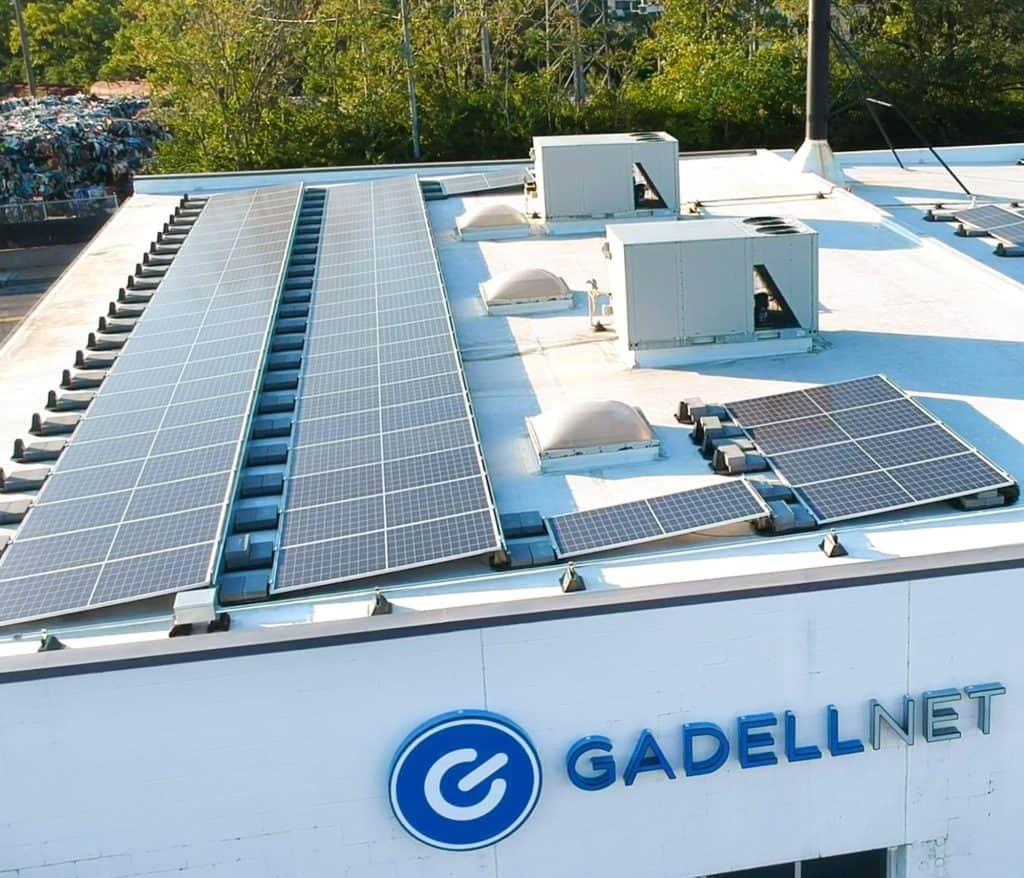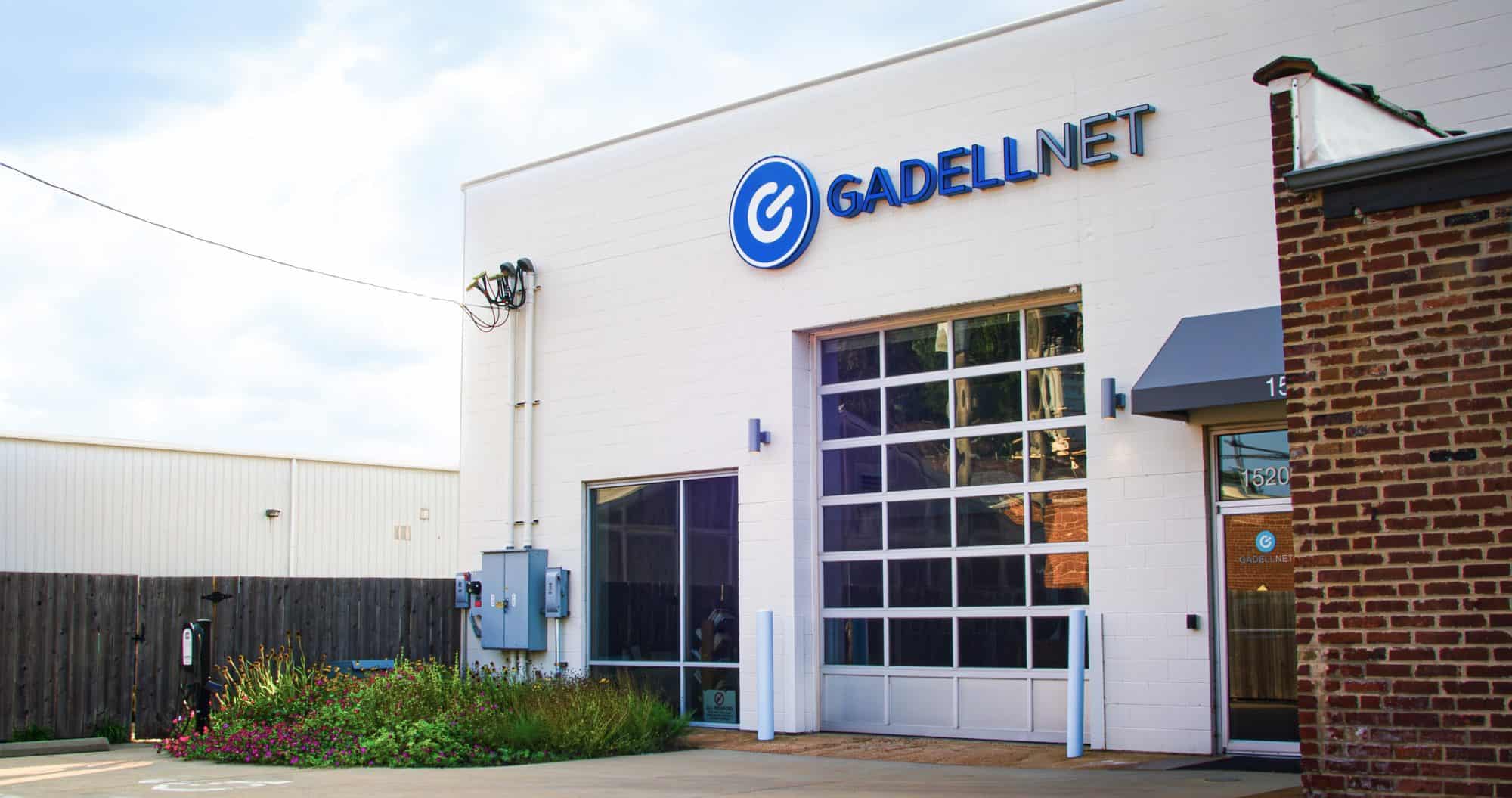
Employees
GadellNet is focused on creating and sustaining a great place to work for our team. We provide true career opportunities for our employees, while offering a living wage, full benefits, and a high performance environment.

Community
As a local business started in St. Louis in 2003, Indianapolis in 2009, and Denver in 2021, we are proud to be a part of local business communities. In each community, we seek to build relationships and support other local businesses. Over time, we hope to be a positive influence on our home community through education, volunteering, and encouraging others to participate in sustainable practices.

Environment
As a B Corp, GadellNet is dedicated to reducing our environmental impact. Over half of our office electricity needs are covered by direct solar power. We have taken steps to improve our office efficiencies, encourage minimizing our carbon footprint, and supporting responsible and impactful investing.


What is a B Corp?
Certified B Corporations are businesses that meet the highest standards of verified social and environmental performance, public transparency, and legal accountability to balance profit and purpose. B Corps are accelerating a global culture shift to redefine success in business and build a more inclusive and sustainable economy.
Society’s most challenging problems cannot be solved by government and nonprofits alone. The B Corp community works toward reduced inequality, lower levels of poverty, a healthier environment, stronger communities, and the creation of more high quality jobs with dignity and purpose. By harnessing the power of business, B Corps use profits and growth as a means to a greater end: positive impact for their employees, communities, and the environment.
B Corps form a community of leaders and drive a global movement of people using business as a force for good. The values and aspirations of the B Corp community are embedded in the B Corp Declaration of Interdependence.
What Our Clients & Team Are Saying

Our Locations
St. Louis
Help Desk: 314-942-7485
1520 S Vandeventer Ave.
St. Louis,
MO
63110
(314) 736-5304
Opens in a new tabMap & Directions
Indianapolis
Help Desk: 317-644-8990
9265 Counselors Row, Suite 105
Indianapolis,
IN
46240
(317) 912-3091
Opens in a new tabMap & Directions
Denver
Help Desk: 303-757-7181
8100 E Maplewood Ave. Suite 210
Greenwood Village,
CO
80111
(720) 464-5920
Opens in a new tabMap & Directions


